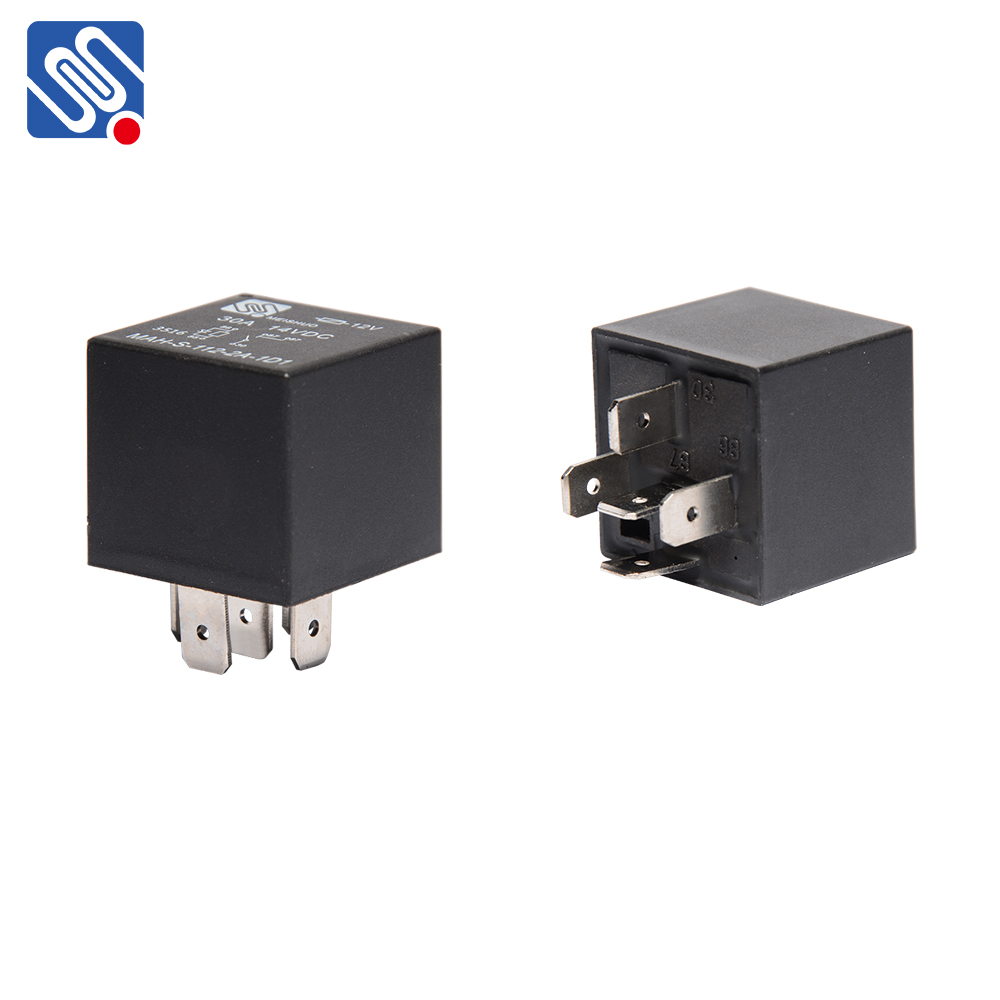The relay market is experiencing significant growth and transformation as technological advancements continue to evolve and global industries shift towards automation and sustainability. Relays, fundamental components used to control electrical circuits, have become indispensable in various sectors, including automotive, renewable energy, industrial automation, and consumer electronics. This article delves into the latest trends in the relay market, exploring the factors driving innovation, the applications that are fueling demand, and the challenges that the industry faces.

1. The Rise of Smart Relays and Automation One of the most prominent trends in the relay market is the increasing adoption of smart relays. These relays are integrated with Internet of Things (IoT) capabilities, enabling real-time monitoring, remote control, and automation. Smart relays offer superior functionality, allowing for diagnostics, predictive maintenance, and energy optimization. This trend is especially prominent in industries where efficiency and uptime are critical, such as manufacturing, energy management, and building automation. For example, in smart homes and commercial buildings, smart relays can be used to control lighting, heating, and air conditioning systems remotely. Similarly, in industrial environments, smart relays are integrated into industrial control systems to enable automation and improve system reliability. The ability to remotely monitor and control these relays not only enhances operational efficiency but also reduces maintenance costs and downtime, making them a preferred choice for many industries.